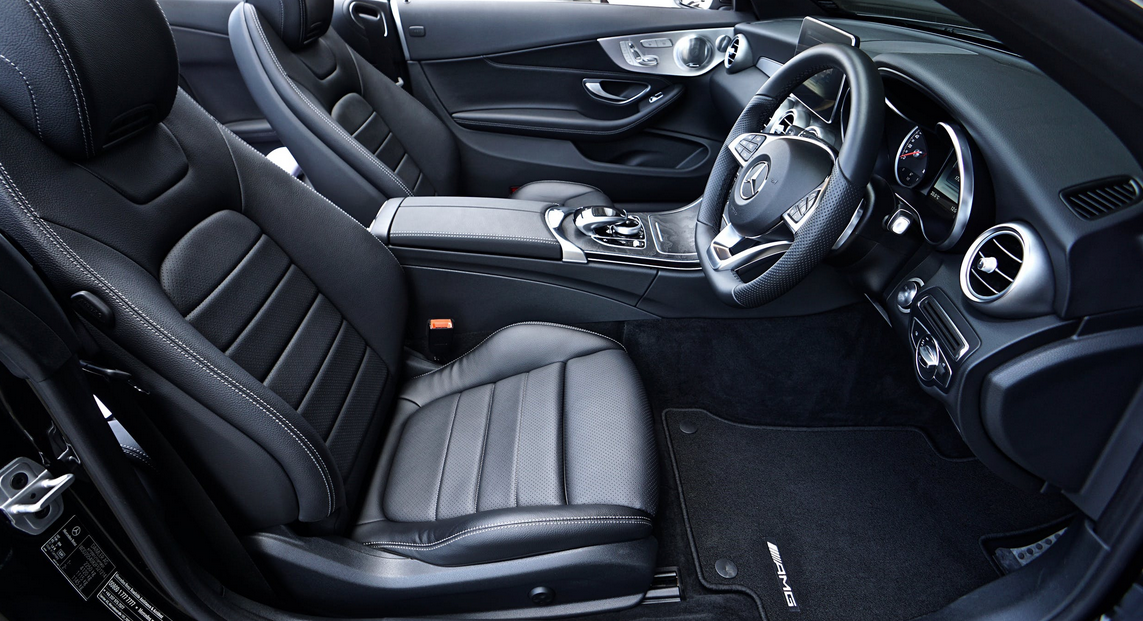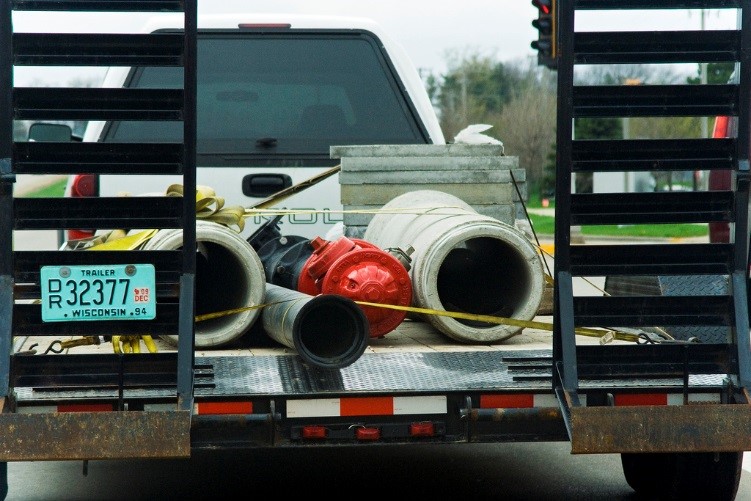Road markings are important to ensure driver safety on the road. When followed properly, these markings provide guidance as to which route to take and how to safely join traffic as well as warning of upcoming hazards.
They have also been proven to be more effective at maintaining road safety at a fraction of the cost of more technology-driven solutions.
Studies have shown that maintaining markings on the roads or painting them on for the first time can substantially reduce the number of deaths resulting from accidents.
There are five types of materials used in making road markings:
Hot Thermoplastic
This quick-setting and durable material is used on roads that experience heavy traffic; it hardens within a minute after being applied. It is applied by being sprayed on, extruded, or by hand (screed).
Preformed Thermoplastic
These are pre-cut lines or designs that are applied using a blowtorch. They are a quick solution to creating complex designs on the roadway since they can be cut beforehand and then easily applied rather than having to be designed and then painted on the road.
Cold Plastic Methyl Methacrylate
Also known as MMA, this alternative to hot thermoplastic is applied using machine or by hand. It is commonly used in areas that receive high traffic levels such as give-way lines and box junctions.
Solvent-based Paint
This traffic paint is used in concrete and asphalt and has a short drying time. It is applied using spray guns and is generally used on asphalt or concrete.
Water-based Paint
This traffic paint is safe to use in environmentally-sensitive areas and is also spray-applied.
In addition, glass beads are embedded in road markings to increase their visibility. They are applied after the material is already applied on the road.
There are several essential characteristics these markings should have:
Clear Visibility under various Light conditions
The markings must be clearly seen whether in daylight or at night under street lights.
High Retro-Reflectivity
This characteristic of a marking refers to its ability to reflect a vehicle’s headlights back to the driver. It is measured using a device called a reflectometer and is determined by the number of glass beads spread on the marking. Its continuing effectiveness is determined by the quality of the glass beads embedded.
Color
Markings are generally white or yellow and the color should have high luminance. Luminance is the quality that describes how bright the color is.
Skid Resistance
This is an essential safety feature that means a vehicle’s tires maintain their grip on the markings even when they are wet. Unfortunately, achieving high skid resistance and retro-reflectivity are not compatible as the glass beads used to create the latter quality reduce skid resistance.
There are a number of ways that road markings can be removed if another lane is added or traffic patterns change. These include thermic lance (a device that applies high temperatures to melt the markings off the road), hydroblasting (using high-pressure water jets to remove markings) and scabbling (The road is textured or reduced before new markings are applied).
Want to find out more? Click here to see other types of road markings.
Article courtesy of Ennis-Flint, the world leaders in traffic safety solutions.





